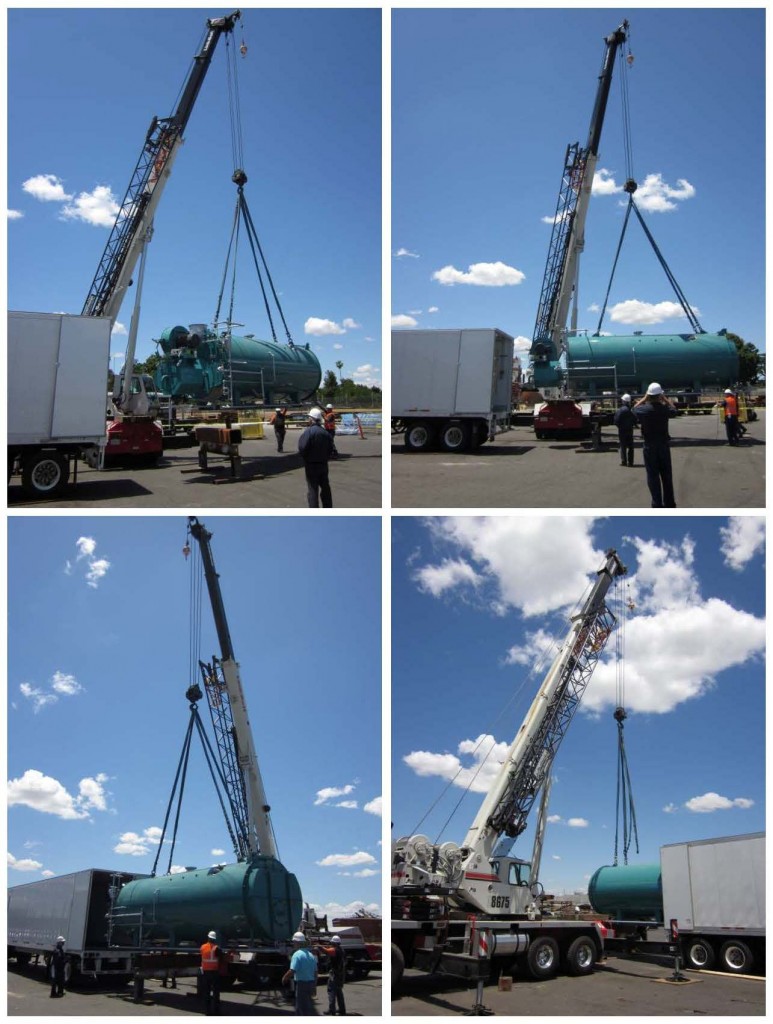Routine boiler maintenance is imperative not only for safety, but also to sustain efficiency and reliability of your system. Being proactive rather than reactive is likely to increase the longevity of your boiler as well as help prevent incidents that can result in injuries, damage, or worse. Incorporating routine maintenance into your facilities day-to-day operations will prove its worth with a great deal of short- and long-term benefits.
There are certain maintenance tasks that should be performed daily, and others that should be performed periodically. Below we have provided a list of best practices to follow when putting together your routine boiler maintenance plan.
On a daily basis, you should track and keep a log of the following items:
- Boiler pressure and temperature
- Stack temperature, to determine operational efficiency (a well-tuned boiler should have a stack temperature range of 50 – 100 degrees above the steam or water temperature)
- Gas pressure to the regulator, as well as downstream from it
- Water quality and pH levels, to ensure you are meeting the recommended levels
Blowdown of the boiler (bottom blow) and water column should also be performed on a daily basis. In addition, you should observe boiler and auxiliary equipment daily to ensure proper operation and that there is no damage, leaks, or unusual behavior.
On a weekly to monthly basis, it’s important to conduct additional visual inspections and observe the operation of certain components for areas that may need to be addressed. This includes:
- Gauge glass
- Fuel supply valves
- Operating and modulating controls, water level controls
- Flame scanner & burner flame pattern
- High- and low-pressure switches, combustion air proving switch
- Indicating lights and alarms
When it comes to the burner, you should inspect the valves, pilot tube, and diffuser thoroughly for any signs of wear that might call for a repair. Also, be sure to observe the entirety of the boiler system for potential hot spots (an indicator of deteriorated refractory) and again, be sure to keep an eye out for any leaks of fuel, water, or flue gas.
Lastly, there are certain items that should be performed on a semi-annual to annual basis. Many of the tasks below can be checked off during the annual inspection, when the boiler is taken offline:
- Open access doors and inspect the fireside of the boiler
- Inspect boiler and tubes for evidence of corrosion; clean tubes and tube sheets thoroughly
- Examine the refractory for large cracks (greater than 1/8”) and patch as necessary
- Conduct safety tests on the gas valves
- Review all electrical connections for tightness, signs of wiring wear
- Check pump alignment on all base-mount pumps
This is also a good time to fully inspect the auxiliaries that provide fuel, air, water, and chemicals to the boiler. In addition, combustion should be reset periodically with the use of a combustion analyzer, for accurate readings of NOx, CO, and O2.
While the guidelines above provide a good baseline of tasks to perform when it comes to routine maintenance, be sure to consider the boiler manufacturer’s recommendations as well.



